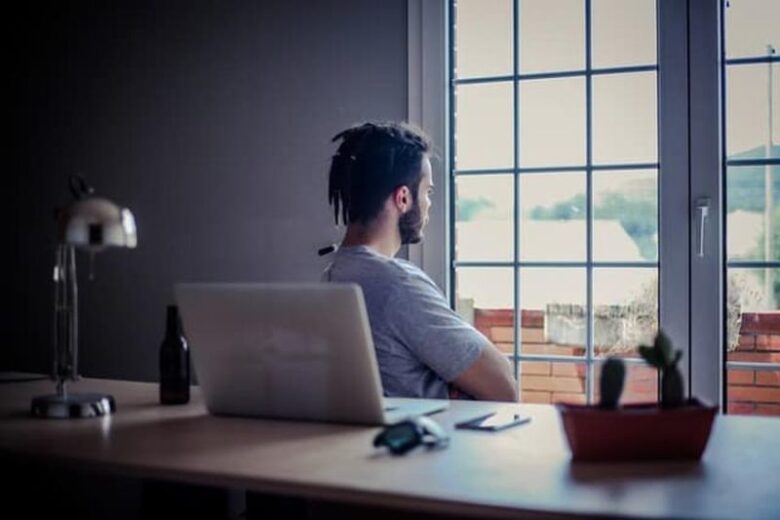Your lower back has been bothering you for a while. You can get through the day with an over-the-counter painkillers and an electric heating pad, but you don’t want to keep at this routine forever. Three likely causes for this chronic problem are unsupportive footwear, stomach sleeping and sitting for too long.
1. Unsupportive Footwear

Shoes that offer no support will take their toll on your body. For instance, flip-flops are popular culprits for lower back pain. You have to clench your toes to pull the sole off the ground, straining the ligaments in your foot and changing your gait. The awkward compensation puts additional stress on your knees, your hips and your lower back.
What Can You Do?
You need to replace your unsupportive shoes with ones that will be much kinder to your back. Orthopaedic shoes are designed for cushioning and foot arch support, so you don’t have to put unnecessary strain on connecting joints, change your gait or use Dona. Or, you can get corrective orthotic inserts custom-made to fit your feet. You can read more about how custom orthotics and orthopaedic shoes can improve your posture and reduce your lower back pain for good.
2. Sitting Too Much

You start your day by driving to work. Then, you park yourself in an office chair for eight hours. And then, you drive back home and sit on your couch. That’s a lot of time to spend sitting down.
What Can You Do?
First of all, staying in any position for hours on end has the potential to make you sore. Find time to take some breaks from the chair by getting up to stretch or going for a quick walk.
Fix your posture by sitting up straight in your chair and keeping your head forward. Take advantage of specialized office equipment like ergonomic chairs and adjustable desks.
Finally, you should incorporate back exercises into your workout routine to strengthen the muscles and release tension acquired from sitting for too long. A strong back and core make it easier to maintain good posture.
3. Sleeping on Your Stomach

The prone position may feel comfortable when you’re drifting off at night, but it can be hard on your body by the time your alarm goes off in the morning. The position puts pressure on the lumbar region of your spine, leading to aching and soreness the next day.
What Can You Do?
Sleeping habits are hard to break. If you want to stay in the position, all you have to do is make a small adjustment by putting a pillow under your stomach. If you think you can break the habit, change to a side-sleeping position and tuck a pillow between your knees to improve alignment.
Your chronic lower back pain won’t go away in an instant. Give yourself a week or two to notice any difference after making these changes. If it still feels the same — or it’s somehow gotten worse — you need to make an appointment with your doctor and investigate other possible causes behind the discomfort.


